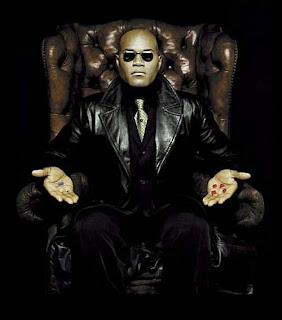By James Colvin
Many films have huge cult followings, but none so more than
the Star Wars Saga. The first movie, 'A New Hope', brought in around $400
million in the United States alone, with the entire saga making around $4.5
billion in its box office run (not to mention the $15 billion or so it has made
from toys over the years).
But for the purposes of this article, return yourself to
1997, 14 years after the last film, 'Return of the Jedi'. Fans everywhere reel
to the news that a new trilogy will be released, showing the fall of the great Jedi,
Anakin Skywalker. The first film, 'The Phantom Menace' brings in $924 million
worldwide, a huge amount, which is a sign that the film is a hit. The next two
come out, and bring in similar amounts.
However, while this is what George Lucas, director of the
Saga aimed to achieve, it was not what the saga deserved. The films were to
show the fall of Anakin Skywalker, a fabled Jedi Master. What the films failed
to show was Anakin as anything more than an arrogant, whiny brat, a character comparable
to Top Gun's Maverick in terms of the one-dimension shown.
Throughout the original films, Luke travels from his home,
leaving behind all he knows to help this old Jedi, Ben Kenobi, eventually
pushing through the struggles of fighting the near invincible foe of the
Galactic Empire, and becoming a Jedi Knight in his own right. The story shows
the growth of the boy into man, and sets up an unforgettable universe in which
many characters develop, fighting for a greater cause. Even more incredible
were the sets, created by Lucas and his team, creating a realism never before
seen in movies. With ground breaking special effects, the movies achieved their
well-deserved cult following from the hard work put into it by both the
creative teams and the innovative directing.
However, when it came to the prequels, Lucas took the films
in a new direction. He had decided that special effects were the best way to
tell the story, and while the effects used were, in most cases, stunning, they
were relied upon too heavily. Near all backgrounds were shot in front of a blue
screen, creating an environment difficult for actors to react to, as well as
looking noticeably unbelievable, retracting from the universe, a fate the
originals did not suffer from. Furthermore, most alien characters were achieved
through CGI effects, leading to another case where it was difficult for
characters to interact with, again pulling the audience away from the realism
of the film.




